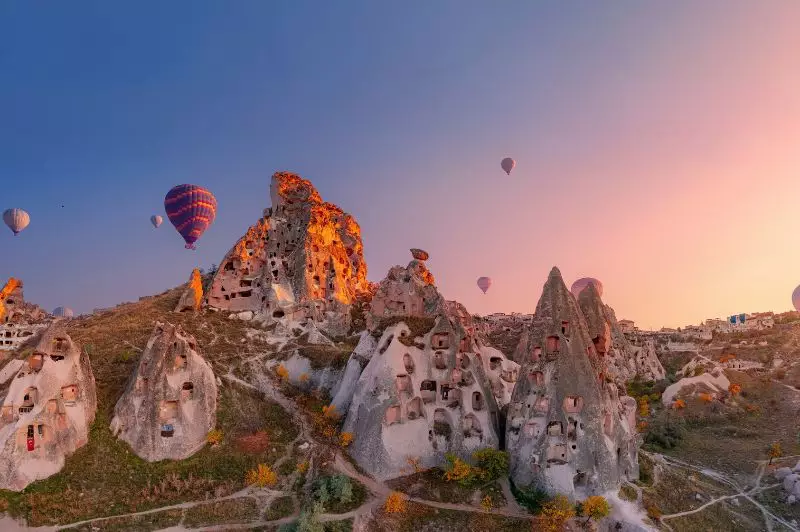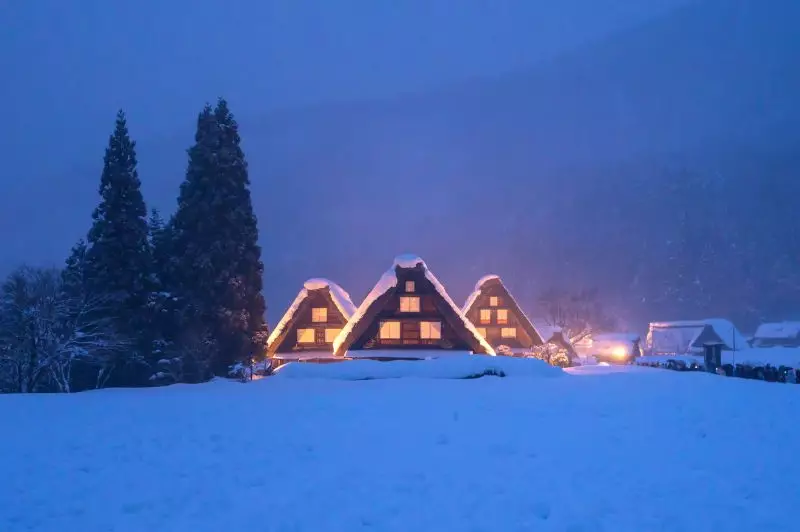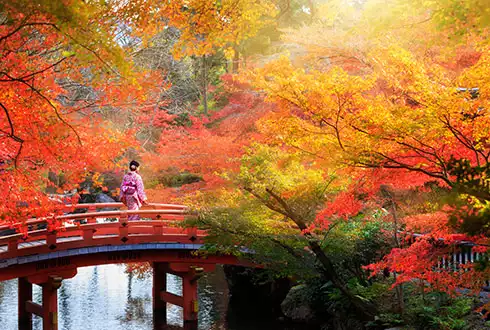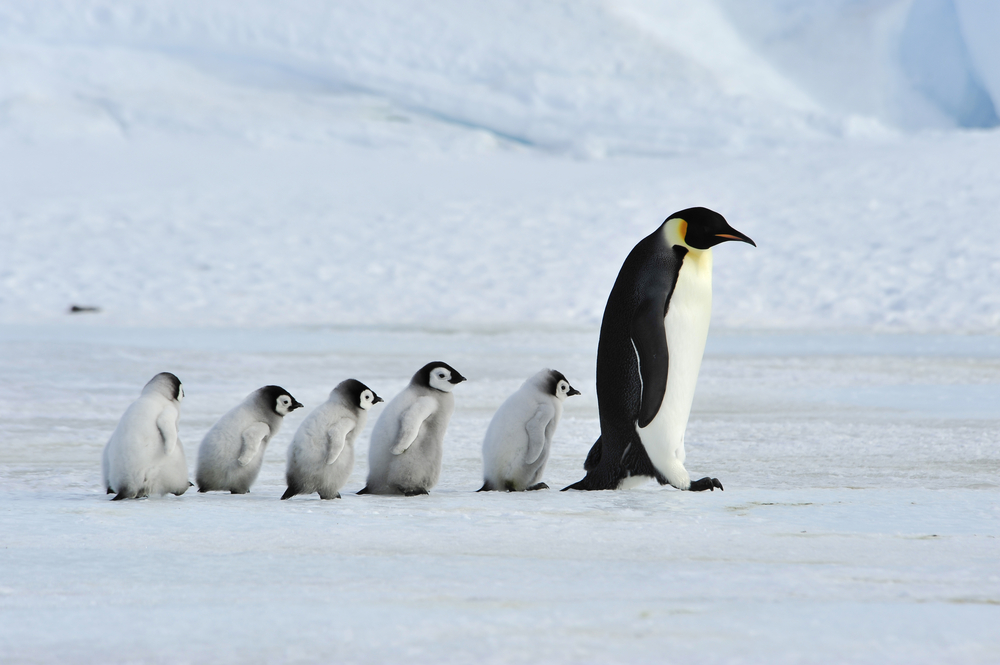
A trip to Antarctica have long been the ultimate adventure for explorers; this vast kingdom of pristine snow and ice, backed by dark mountains and flawless blue skies is the last frontier of travel, a white continent that sits at the edge of the earth.
To reach it is an odyssey, even on the most comfortable of Antarctic cruises, there’s no denying it, but the rewards for embarking on it are once-in-a-lifetime. There is no civilisation, no development; you are setting foot on land that is barely trodden, surrounded only by the natural soundtrack of the landscape – the wind, cracking ice, the calls of birds and other wildlife. Here, nature reigns supreme, with penguins, seals, whales and a huge variety of birds the rulers of the land, the sky and the iron-coloured sea.
A trip to Antarctica is unlike anything else you’ve ever experienced, a boundless adventure that is not for the faint-hearted – is it time to add it to your bucketlist?
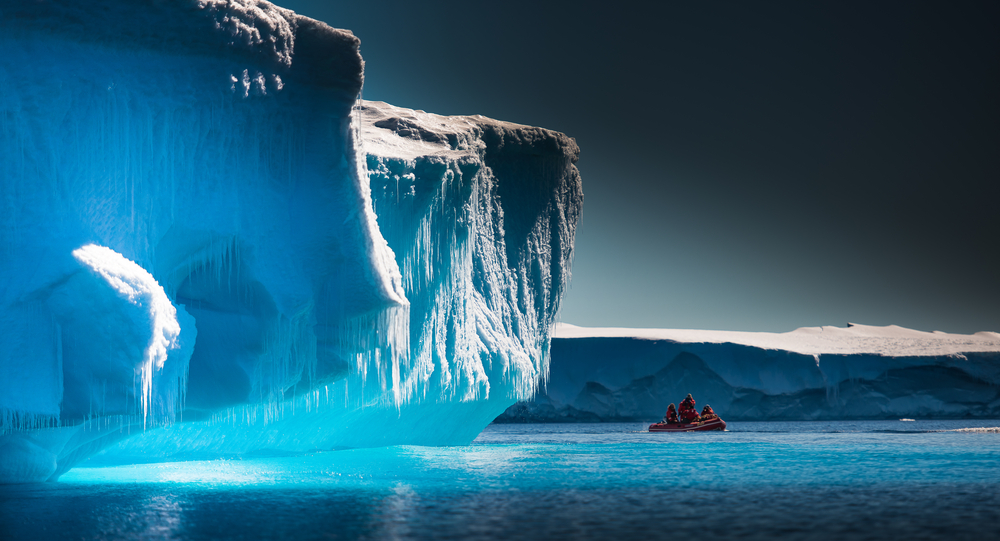
Why take a trip to Antarctica
There aren’t many places left on earth that you could call the ‘last frontier’, but Antarctica is certainly one of them. Naturally, an Antarctica cruise or expedition gives you top class bragging rights but here you can also experience real exploration. You’ll be seeing and doing things that not many have seen or done, exploring a place of vast emptiness untouched by human development, that is a world away from the life that you are used to. Those who have visited have described Antarctica as another planet, home to confident and curious wildlife and huge birds, where icebergs are the size of buildings and where, at night, the heavens are startlingly visible. And, despite the starkness of its wilderness, Antarctica is incredibly captivating to look at; you can be sure that you’ll come home with hundreds of incredible photos.
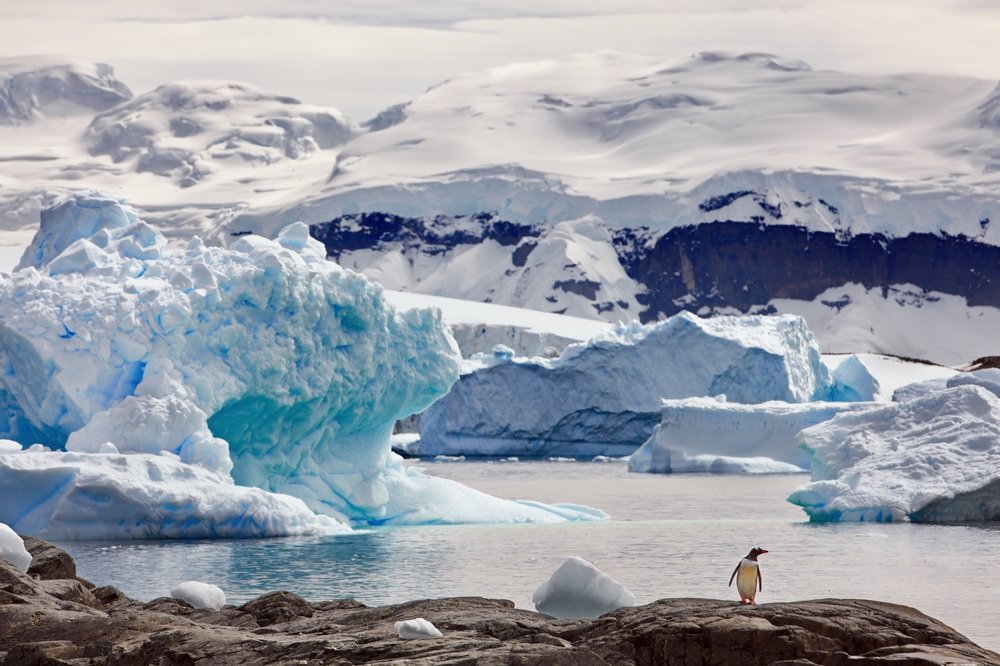
What to Expect on a trip to Antarctica
Of course, every Antarctica expedition begins with the journey to get there. The vast majority of explorers take an Antarctica cruise, boarding a ship in Patagonia – Ushuaia in Argentina or Punta Arenas in Chile – and making the two-day crossing of the notorious Drake Passage to reach the Antarctic Peninsula. Once you arrive there, the adventure truly begins…
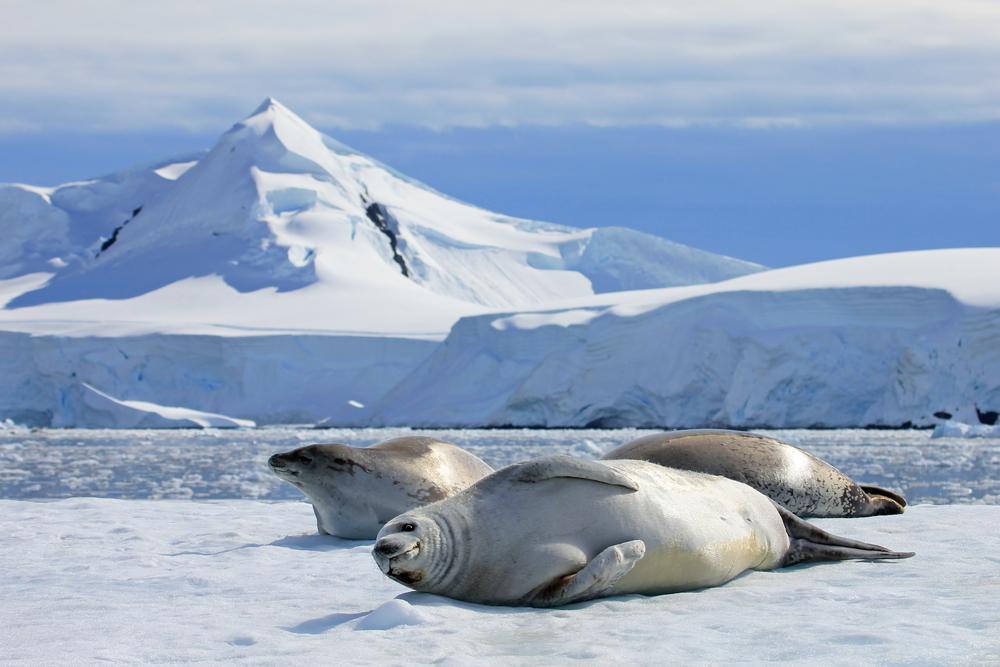
Wildlife
Antarctica is home to a wealth of wildlife that thrives on a continent that has no human residents. On land you’ll see lots and lots of penguins, the iconic Antarctic resident, waddling about on the ice. There are seven different species found here, including emperor penguins, the largest, and Adélie penguins, who nest on rocky beaches. The most striking thing about meeting Antarctic penguins is that they have no fear of humans, so you’ll find them confident and curious! You’ll also be able to observe pods of whales, such as humpback and minke, in the sub zero seas, varieties of seals both relaxing on land or zipping through the water and huge albatross, among other seabirds, in the skies.
Landscapes
Antarctica is a vast kingdom of ice, snow, rock and water, its landscapes surprisingly diverse, each pristine and untouched, best explored on foot or by Zodiac cruise. Features you may get to see include sculpted icebergs floating on serene sounds and bays, towering glaciers, ice cliffs, snow-capped mountain peaks, volcanoes, rocky beaches, and islands, each shaped by a variety of factors and forces unique to Antarctica.
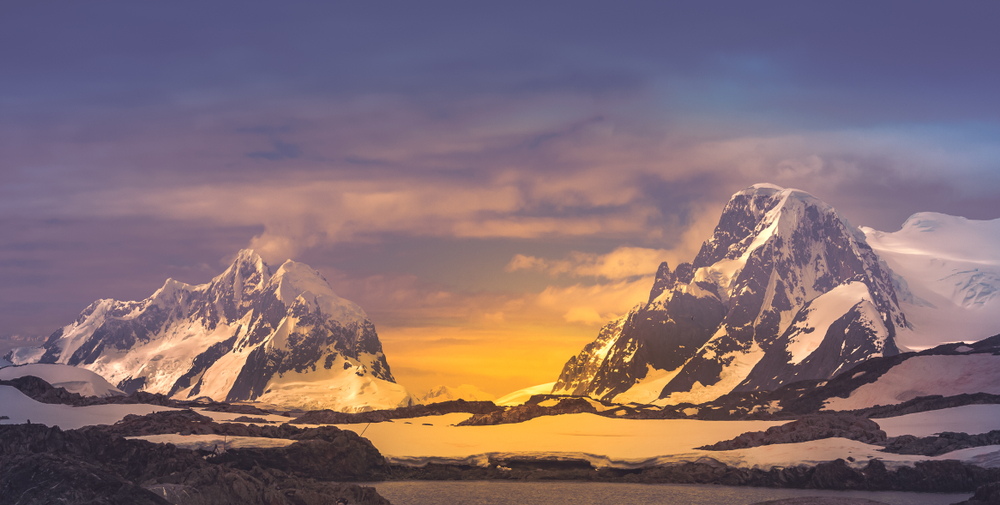
Historic & Scientific Sites
Left over from the age of Antarctic exploration, you may be able to see the preserved huts of legendary explorers like Ernest Shackleton and Robert Falcon Scott. There are also plaques and cairns left by expeditions from around the world, a tangible connection with the few people who have set foot here from across the ages.
There are also scientific research bases scattered across Antarctica, studying everything from the wildlife to the effects of climate change on the ecosystem. Some bases can be visited, to learn all about the work being carried out. Antarctica is also the perfect place to study space thanks to clear air, stable weather and the complete absence of light pollution, so a visit to an observatory is also an unforgettable experience.
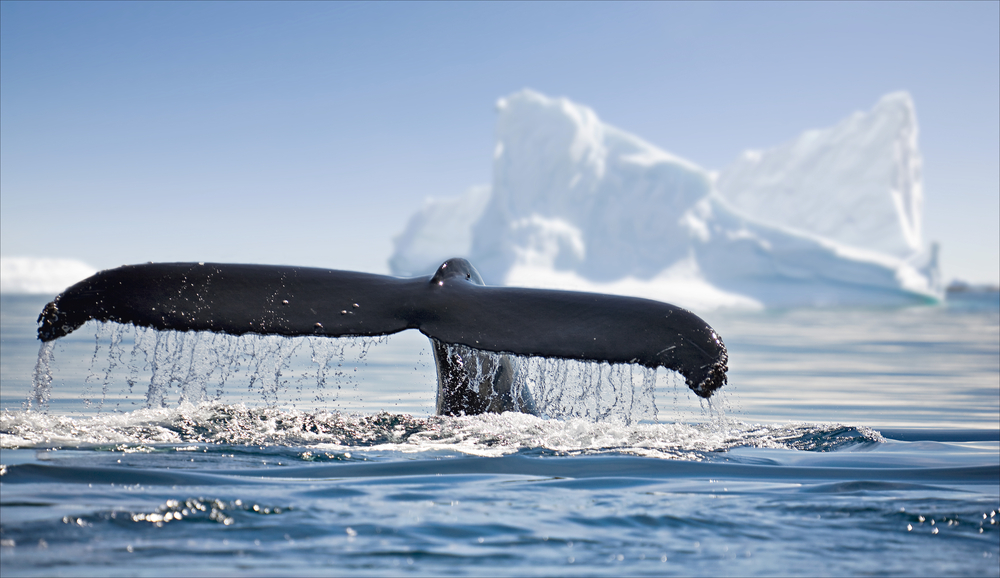
When to Go
The best time to visit and, in fact, the only time you can take a trip to Antarctica is between the months of November and March, during the continent’s summer months.
At this time of year, temperatures are on the up, the days are longer, and the sea ice melts enough to allow access for ships. Although the season is short, each of the months that you can travel here offers something spectacular, both in terms of unique landscapes and incomparable wildlife viewing. Try November to witness courting rituals and battles of mating rights, January for the warmest weather, or February for migrating pods of whales arriving to feast in the rich waters and fluffy penguin chicks.
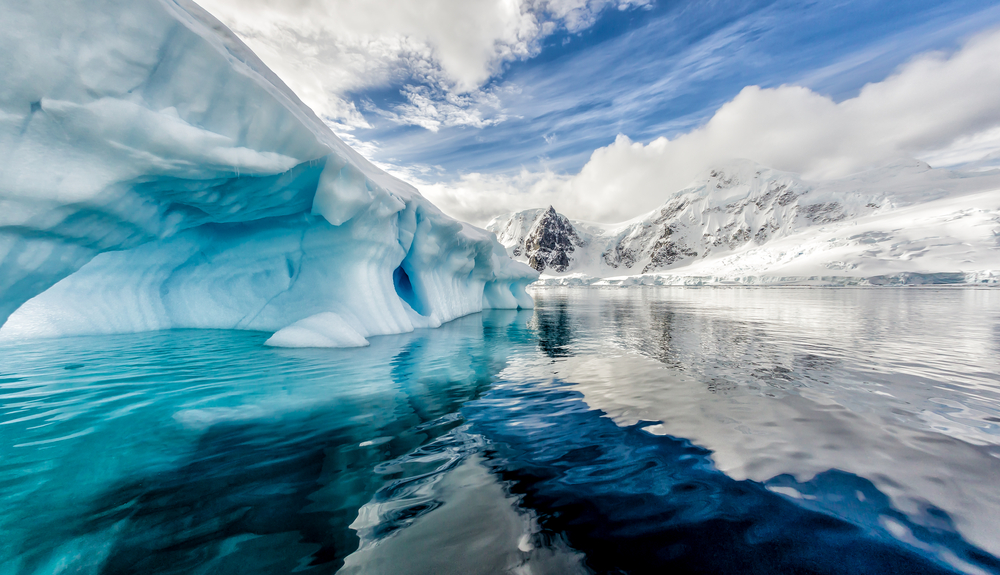
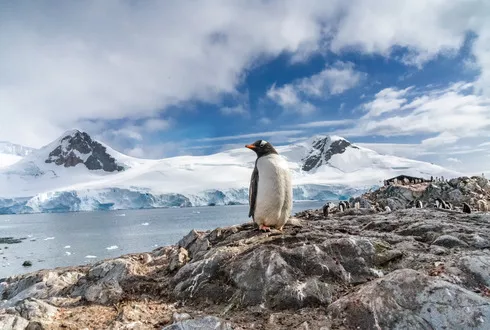
Antarctica & Latin Wonders
20 days from £17990pp
Inclusive of Tour, Cruise & Flights
Discover vibrant Rio - Feel the power of Iguazu - Explore Buenos Aires' barrios - Embark on a 5-day Antarctica expedition -
